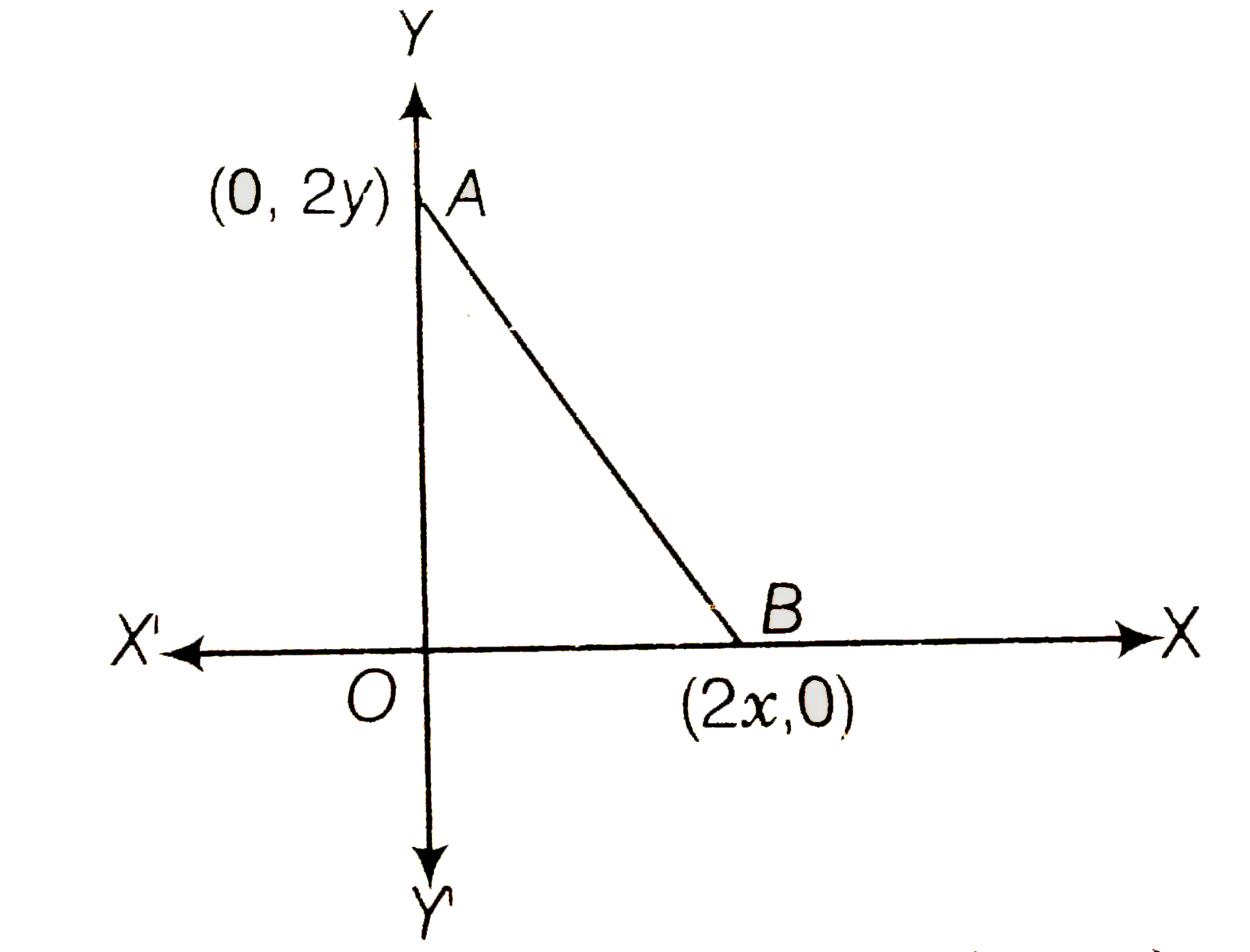In a triangle locate a point in its interior which is equidistant from all the sides of the triangle.
To locate a point in the interior of a triangle that is equidistant from all the sides, we can follow these steps:
1. Draw the Triangle: Begin by sketching a triangle ABC. Ensure that the triangle is not a right triangle, as the method will work for any type of triangle.
2. Draw the Angle Bisector of Angle B:
- Place the compass pointer at vertex B.
- Draw an arc that intersects both sides of the triangle (line AB and line BC).
- Label the points where the arc intersects line AB as D and line BC as E.
- Without changing the compass width, place the pointer at point D and draw another arc.
- Then, place the pointer at point E and draw another arc, ensuring that these two arcs intersect at point F.
- Draw a line from B through point F. This line is the angle bisector of angle B.
3. Draw the Angle Bisector of Angle C:
- Repeat the same process for angle C.
- Place the compass pointer at vertex C and draw an arc that intersects both sides of the triangle (line AC and line BC).
- Label the intersection points as G (on line AC) and H (on line BC).
- Using the same compass width, draw arcs from points G and H to find the intersection point I.
- Draw a line from C through point I. This line is the angle bisector of angle C.
4. Locate the Incenter:
- The point where the two angle bisectors (from steps 2 and 3) intersect is the incenter of the triangle. Label this point as O.
- This point O is equidistant from all three sides of the triangle.
5. Verification:
- To verify that point O is equidistant from all sides, you can measure the perpendicular distance from point O to each side of the triangle. All distances should be equal.
Conclusion:
The point O is the required point that is equidistant from all the sides of triangle ABC. This point is known as the incenter of the triangle.
---
- Place the compass pointer at vertex B.
- Draw an arc that intersects both sides of the triangle (line AB and line BC).
- Label the points where the arc intersects line AB as D and line BC as E.
- Without changing the compass width, place the pointer at point D and draw another arc.
- Then, place the pointer at point E and draw another arc, ensuring that these two arcs intersect at point F.
- Draw a line from B through point F. This line is the angle bisector of angle B.
- Repeat the same process for angle C.
- Place the compass pointer at vertex C and draw an arc that intersects both sides of the triangle (line AC and line BC).
- Label the intersection points as G (on line AC) and H (on line BC).
- Using the same compass width, draw arcs from points G and H to find the intersection point I.
- Draw a line from C through point I. This line is the angle bisector of angle C.
- The point where the two angle bisectors (from steps 2 and 3) intersect is the incenter of the triangle. Label this point as O.
- This point O is equidistant from all three sides of the triangle.
- To verify that point O is equidistant from all sides, you can measure the perpendicular distance from point O to each side of the triangle. All distances should be equal.
The point O is the required point that is equidistant from all the sides of triangle ABC. This point is known as the incenter of the triangle.
Similar Questions
ABC is a triangle. Locate a point in the interior of ΔABCwhich is equidistant from all the vertices of ΔABC
View SolutionIn triangle LMN, bisector of interior angles at L and N intersect each other at point A. Prove that :
point A is equidistant from all the three sides of the triangle.
View SolutionThe coordinates of the point which is equidistant from the three vertices of the △AOB as shown in the figure is

View SolutionA circumcircle is a circle which passes through all vertices of a triangle and an incircle is a circle which is inscribed in a triangle touching all sides of a triangle. Let ABC be a right-angled triangle whose radius of the circumcircle is 5 and its one side AB = 6. The radius of incircle of triangle ABC is r. Area of Δ ABC is
View SolutionA circumcircle is a circle which passes through all vertices of a triangle and an incircle is a circle which is inscribed in a triangle touching all sides of a triangle. Let ABC be a right angled triangle whose radius of circumcircle is 5 and its one side AB = 6. The radius of incircle of triangle ABC is r. The value of r is
View SolutionThe mid-points of the sides of a triangle are (2,1),(−5,7)and(−5,−5). Find the equations of the sides of the triangle.
View SolutionLet the point P lies in the interior of an equilateral triangle with side lengths 2 units, each. Find the sum of the shortest distances from P to the sides of the triangle.
View SolutionSides of a triangle are in the ratio 3:4:5 and its area is 54cm2 Find the sides of the triangle.
View SolutionA point on the hypotenuse of a right triangle is at distances a and b from the sides of the triangle. Show that the minimum length of the hypotenuse is (a23+b23)32
View SolutionFind a point on the base of a scalene triangle equidistant from its sides.
View Solution
